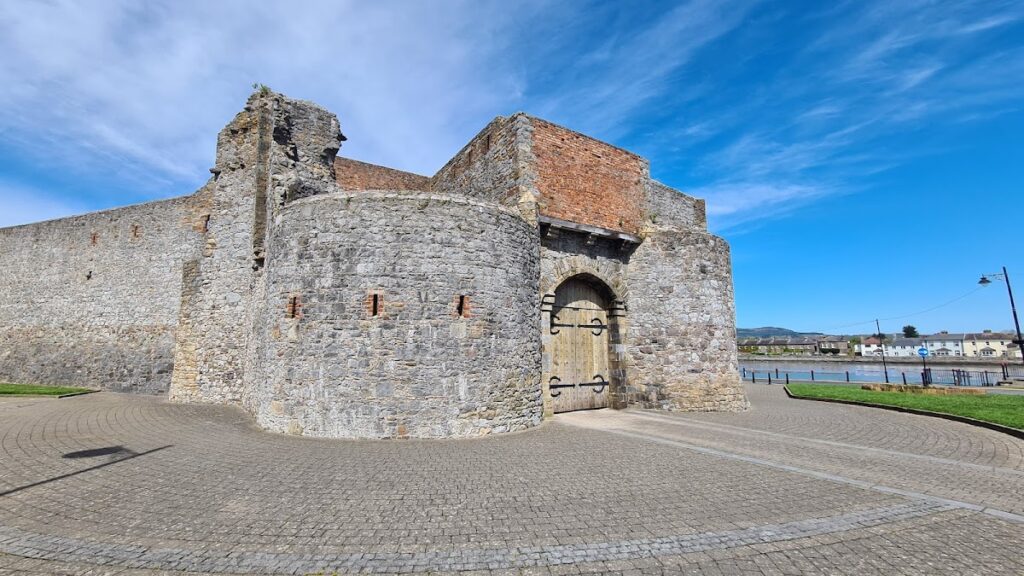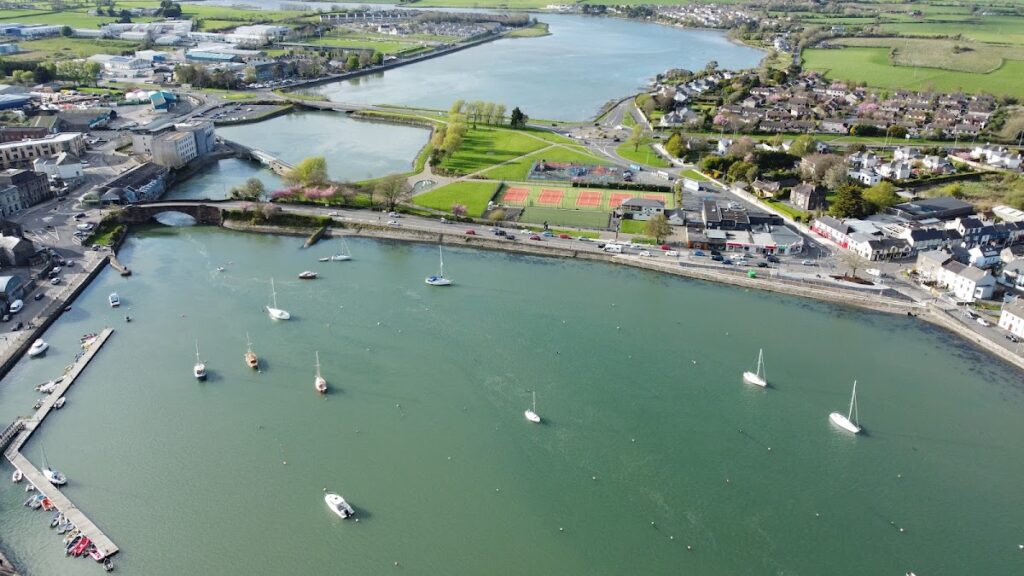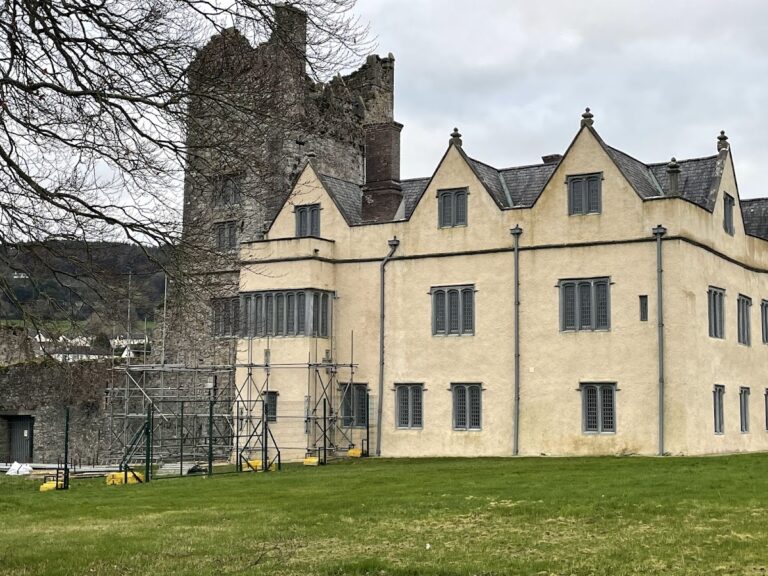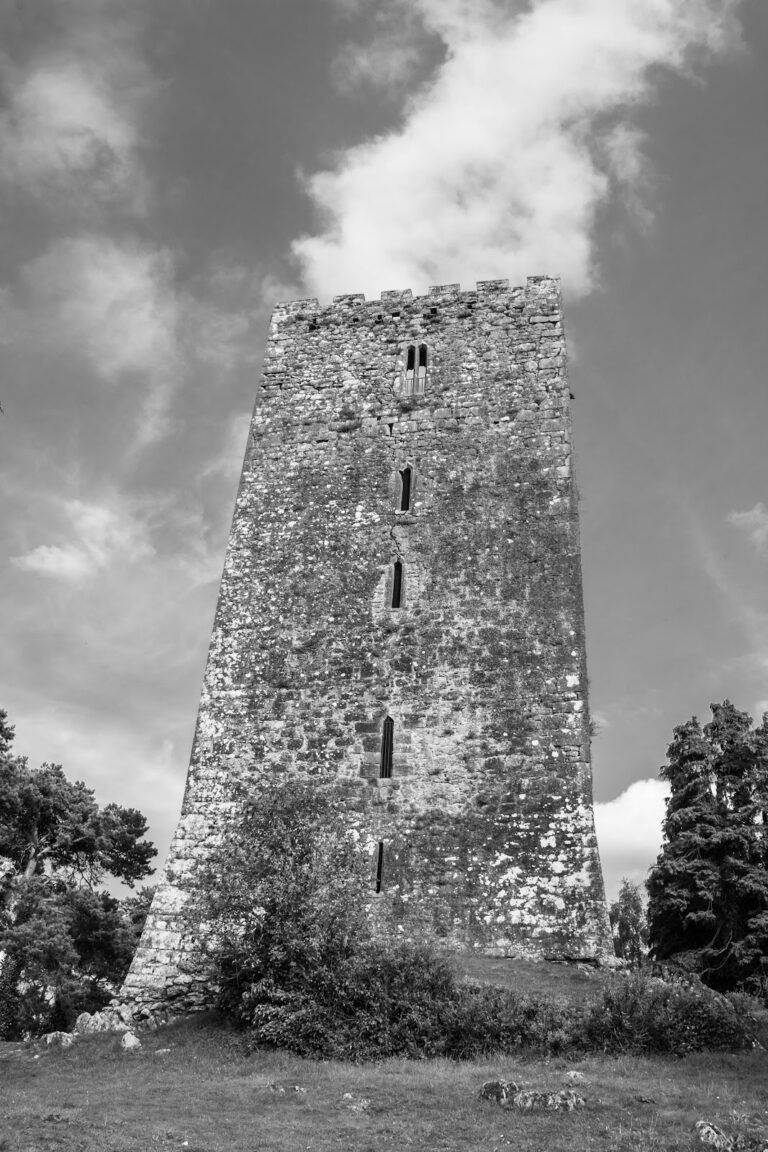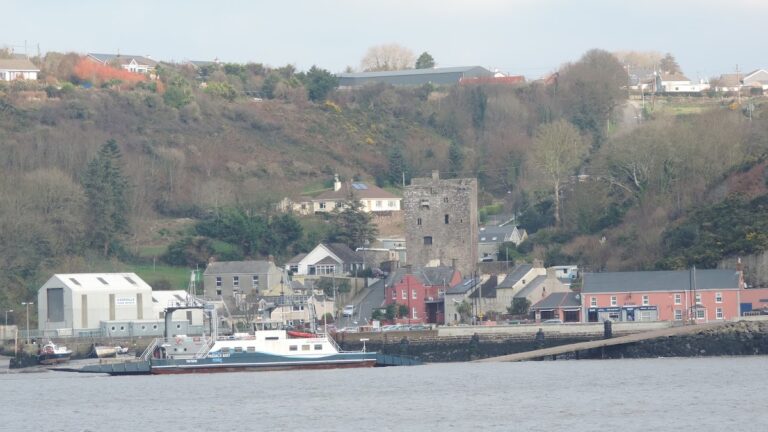Dungarvan Castle: A Historic Anglo-Norman Stronghold in Ireland
Visitor Information
Google Rating: 4.2
Popularity: Low
Google Maps: View on Google Maps
Official Website: heritageireland.ie
Country: Ireland
Civilization: Unclassified
Remains: Military
History
Dungarvan Castle is located in the town of Dungarvan, in modern-day Ireland. It was constructed by Anglo-Norman settlers during the late 12th century, shortly after their arrival in the region.
The castle’s origins date to 1185 when Prince John, who later became King John of England, established a stronghold at the mouth of the Colligan River. This was part of a wider program following the Anglo-Norman invasion of Ireland in 1169, aimed at securing control over newly conquered lands in southeastern Ireland through castle building. The site chosen had previously housed a simpler Motte-and-bailey fortification, reflecting earlier defensive strategies before the stone castle was erected.
From the 15th century, the town of Dungarvan gained political significance, being represented by two members in the Irish Parliament. This highlights the area’s growing role in regional governance during the late medieval period. Throughout the 17th century, the castle witnessed periods of conflict tied to larger historical upheavals. During the Irish Confederate Wars in the 1640s, the castle notably surrendered without resistance to the forces of Oliver Cromwell in 1649, contrasting with other fortifications nearby that saw active fighting.
In the 20th century, the castle again featured in Ireland’s turbulent history. In 1921, during the Irish War of Independence, British troops were ambushed near its walls, marking the site’s continued strategic importance. Following this, the Irish Civil War (1922–1925) brought direct military use to the castle. It served as a barracks for the Irish Army and became a location of armed clashes in August 1922 between pro- and anti-Treaty factions within the nationalist movement.
After the conflict and the establishment of the Irish Free State, the castle was adapted for civic use, housing a Garda Síochána station, Ireland’s national police force, until 1987. After this period, stewardship of the castle passed to a heritage organization, leading to restoration efforts and the preservation of its historical legacy.
Remains
Dungarvan Castle is distinguished by its polygonal shell keep—a fortified stone enclosure with multiple angled walls—surrounded by a sturdy curtain wall punctuated by corner towers and gate towers. This shell keep dates back to the 12th century and forms the oldest and central part of the current structure. The polygonal design reflects architectural styles common in England during the period but is rare in Ireland, marking the castle’s clear Anglo-Norman influence. The replacement of an earlier Motte-and-bailey fortification at this location illustrates a transition from wooden defensive structures on artificial mounds to more durable stone construction.
The outer walls of the castle, also originating from the 12th century, are built solidly to withstand assault and to enclose the inner ward. Within these walls, two-storey military barracks were added in the early 18th century, built to accommodate troops stationed at the site. These barracks have survived and have undergone restoration to serve as spaces for exhibitions today, highlighting the castle’s evolving role over time.
Overall, the castle’s fortifications, including its multiple towers and robust walls, demonstrate a layered history of defense and occupation. Its preservation as a National Monument of Ireland ensures its status as an important cultural heritage site, reflecting centuries of military, political, and civic functions.
